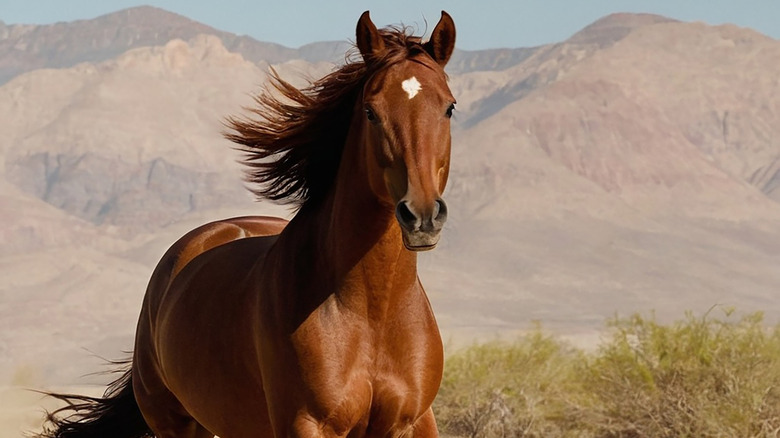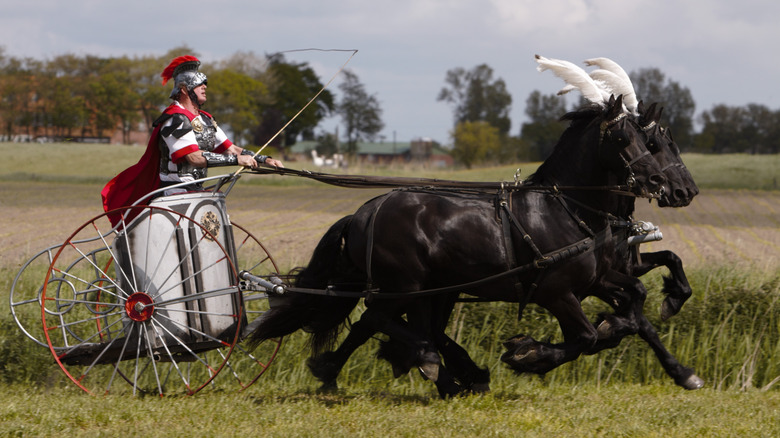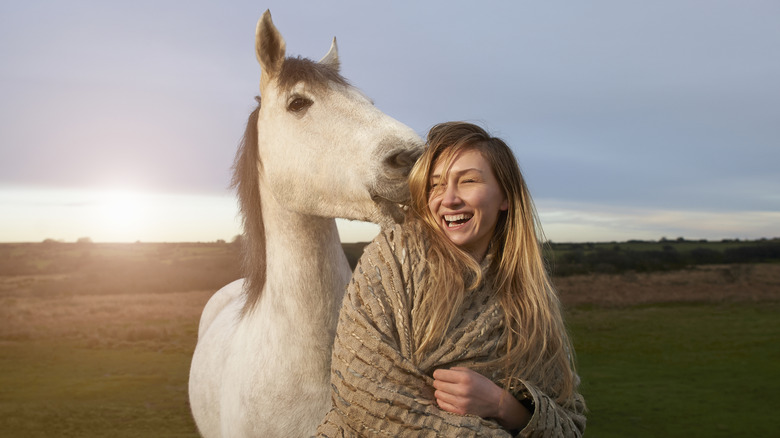How Horses Transformed Human Society
From the rise of empires to the birth of global trade, no animal has shaped humanity quite like the horse. Domesticated around 4,200 years ago in the Pontiac-Caspian steppe — or around a thousand years later than historians previously thought — horses revolutionized human societies in ways that no other creature could. Their speed and endurance extended trade routes across continents, connected distant cultures, and forever altered the nature of warfare.
The impact of horse domestication was so profound that it became the foundation for the rise of empires and the cultural and technological exchanges that shaped civilizations. Beyond trade routes and battlefields, horses eventually became a staple on our farms and could even be found parading the White House grounds as some of the longest-living presidential pets. While it's hard to make out, the rumbling of their hooves on the earth still reverberates across our modern world like a giant bell that has not stopped ringing. What made horses such powerful catalysts for change, and how did they come to play such an outsized role in human history?
How horses helped grow empires
The domestication of horses redefined how humans traveled, and by extension, how we fought. With the development of spoke-wheeled chariots around 2000–1800 B.C.E., horse-drawn vehicles became a military game-changer, providing speed, maneuverability, and a psychological edge on the battlefield. The Sintashta culture, one of the earliest adopters of chariot warfare, leveraged these innovations to expand their influence, laying the groundwork for later empires.
As technology advanced, chariots gave way to cavalry. Mounted warriors soon became the backbone of armies across Eurasia, from the steppes of Central Asia to the battlefields of the Roman Empire. The advantages were undeniable: Horse-mounted troops could outmaneuver infantry, raid distant territories, and cover vast distances with unmatched speed.
Beyond combat, horses also enabled humans to manage farms, further boosting economic productivity. Their ability to carry goods over long distances connected previously isolated regions, spurring trade and cultural exchange. The strategic advantages of controlling horses were so significant that they became symbols of power, wealth, and prestige in societies across the ancient world. Paleogeneticist Ludovic Orlando, research director at the French National Center for Anthropobiology & Genomics of Toulouse for University of Toulouse–Paul Sabatier, told CNN that the "horse was equally the animal of farmers, warriors, and kings ... found in rural and urban contexts alike, and in extremely diverse environments."
Horses as cultural connectors
Beyond their utility as a means of mobility and conquest, horses became the information infrastructure of cultural connection and influence — a sort of proto-internet, with riders conveying messages and the visual impact of the horses inferring plenitude and power. As domesticated horses spread rapidly across Eurasia, in addition to goods and people, they also carried ideas, languages, and traditions. The rise of horse-powered societies coincided with the spread of Indo-European languages, reshaping the linguistic landscape of the ancient world.
In many cultures, horses took on profound symbolic roles, appearing in art, mythology, and religious rituals. From the steppe cultures to Mesopotamia and Egypt, horses represented strength, freedom, and prosperity. They were depicted in rock carvings and pottery, and revered as sacred animals in various traditions. Horses have also forged connections with other animals domesticated by humans. Most notably, Dalmatians, famously known as "carriage dogs," were bred to accompany horse-drawn carriages, serving as both protectors and companions. This eventually led to the Dalmatians' historic role in firehouses.
The horse's ability to connect distant regions fostered unprecedented cultural exchange, becoming the backbone of early globalized societies. By linking regions, they profoundly shaped the course of human history. Even today, we measure the power of our modern vehicles using an equine term: "horsepower." This cultural and symbolic legacy endures, reminding us of the horse's unparalleled role in shaping the interconnected human story.


